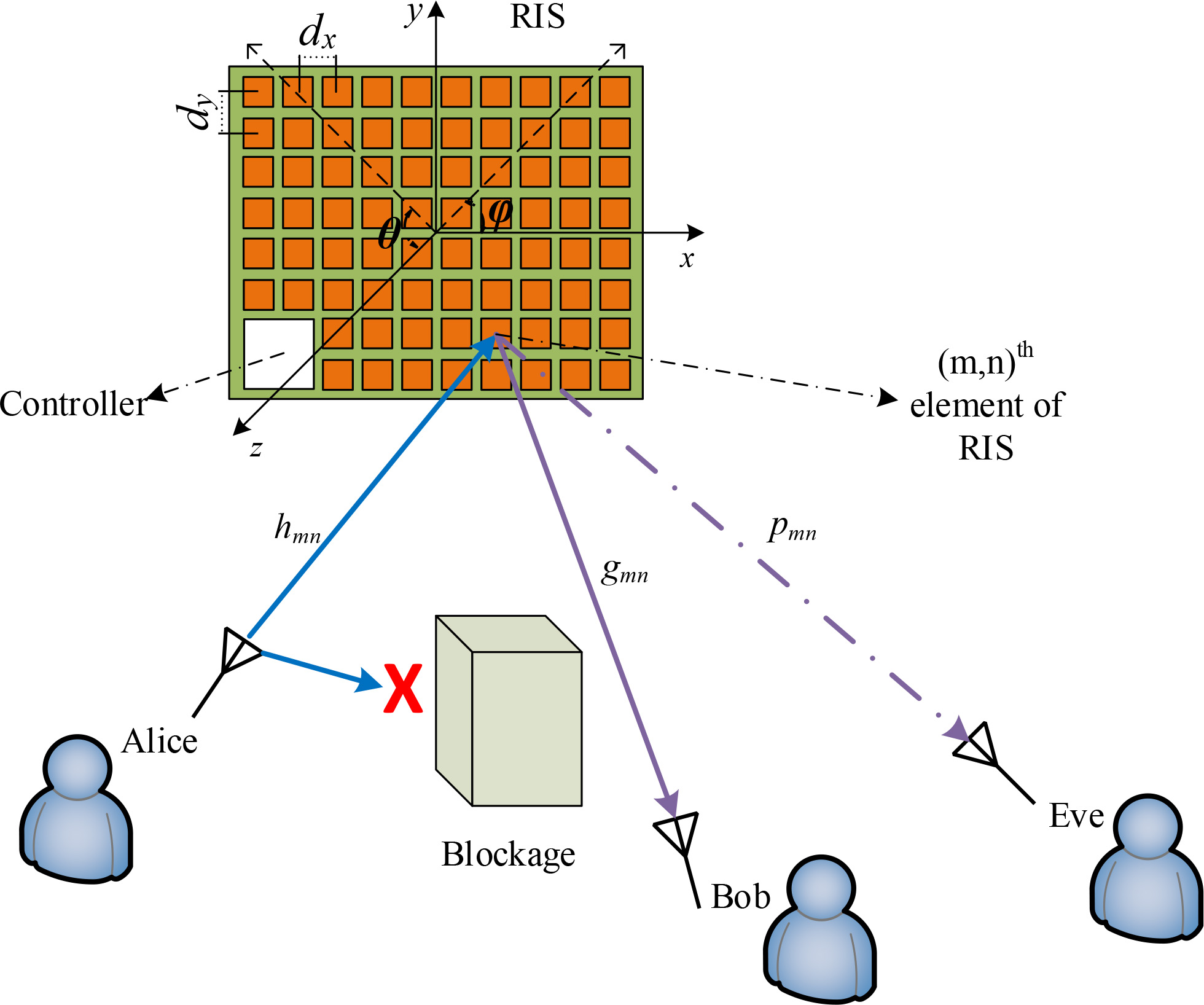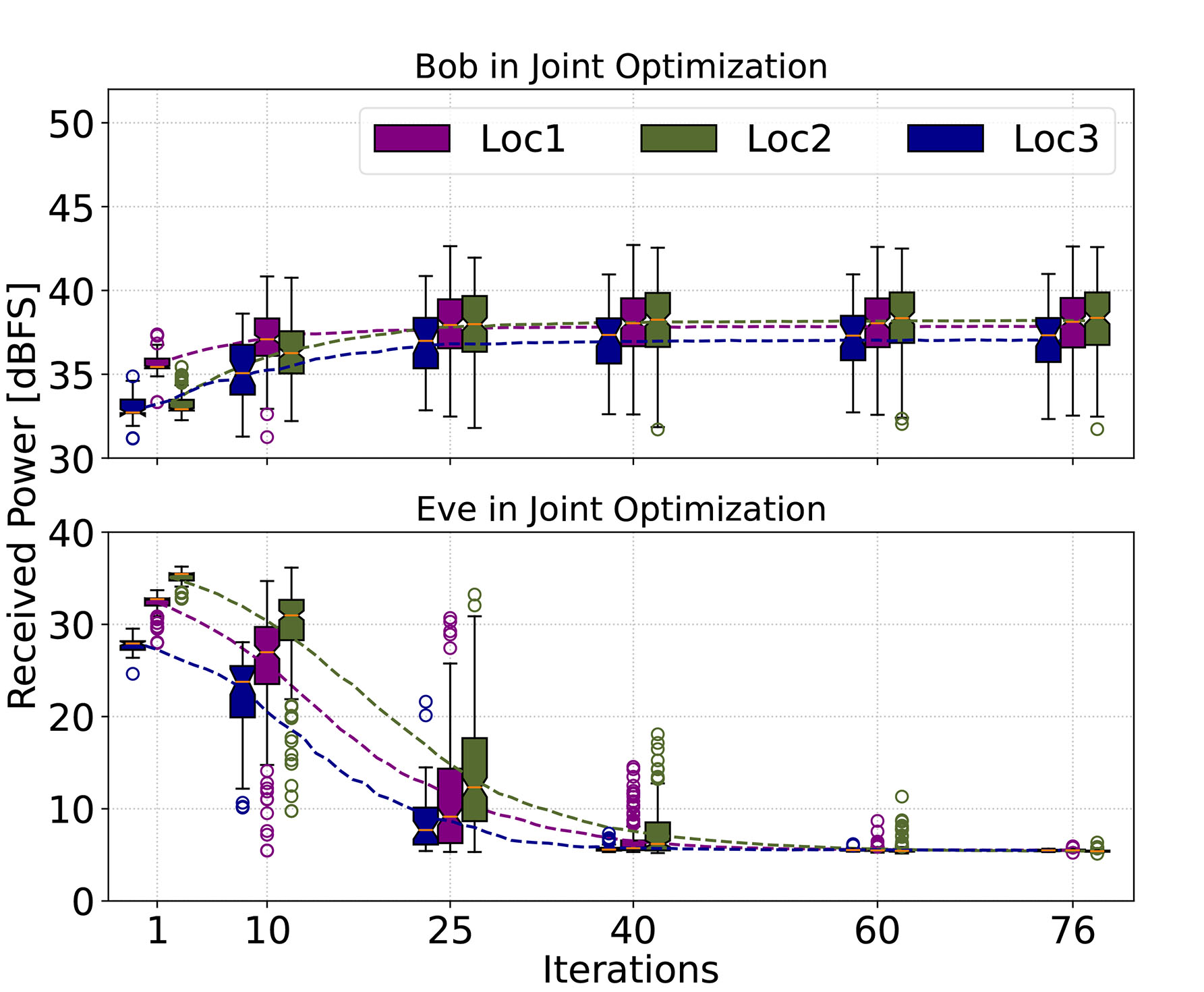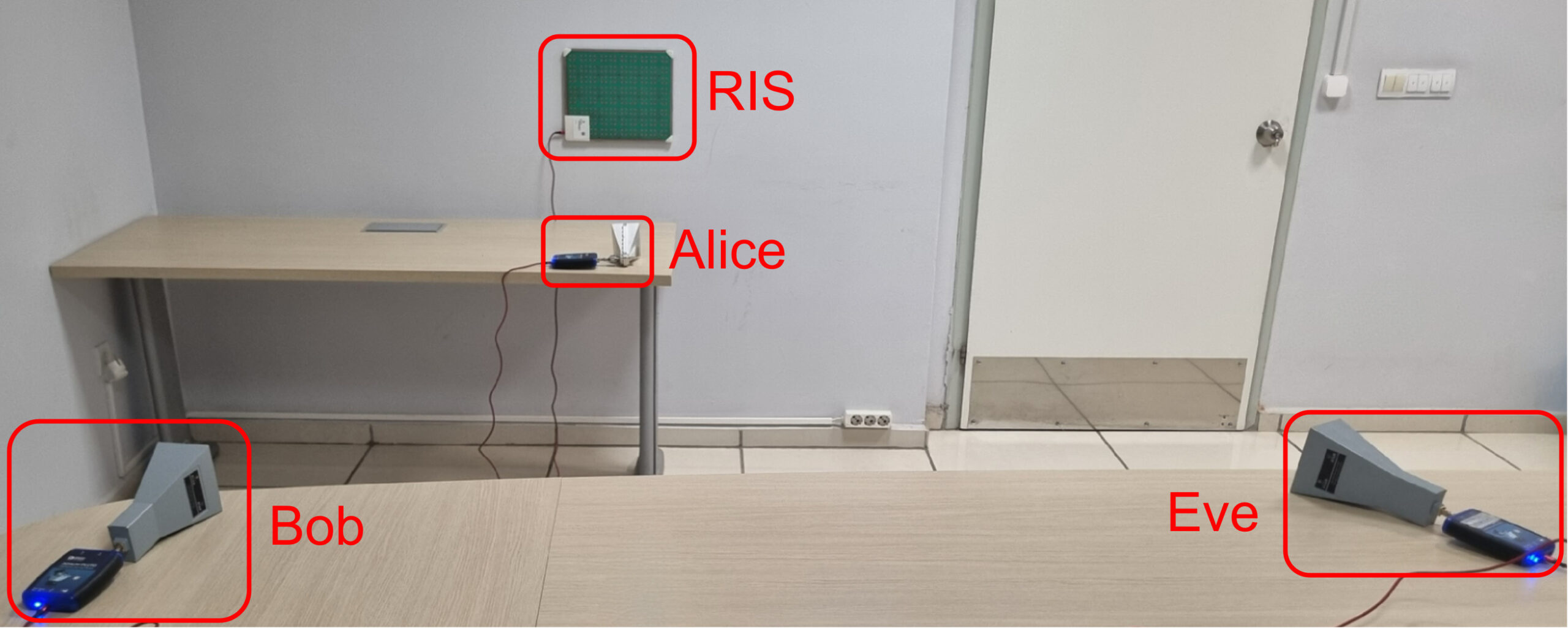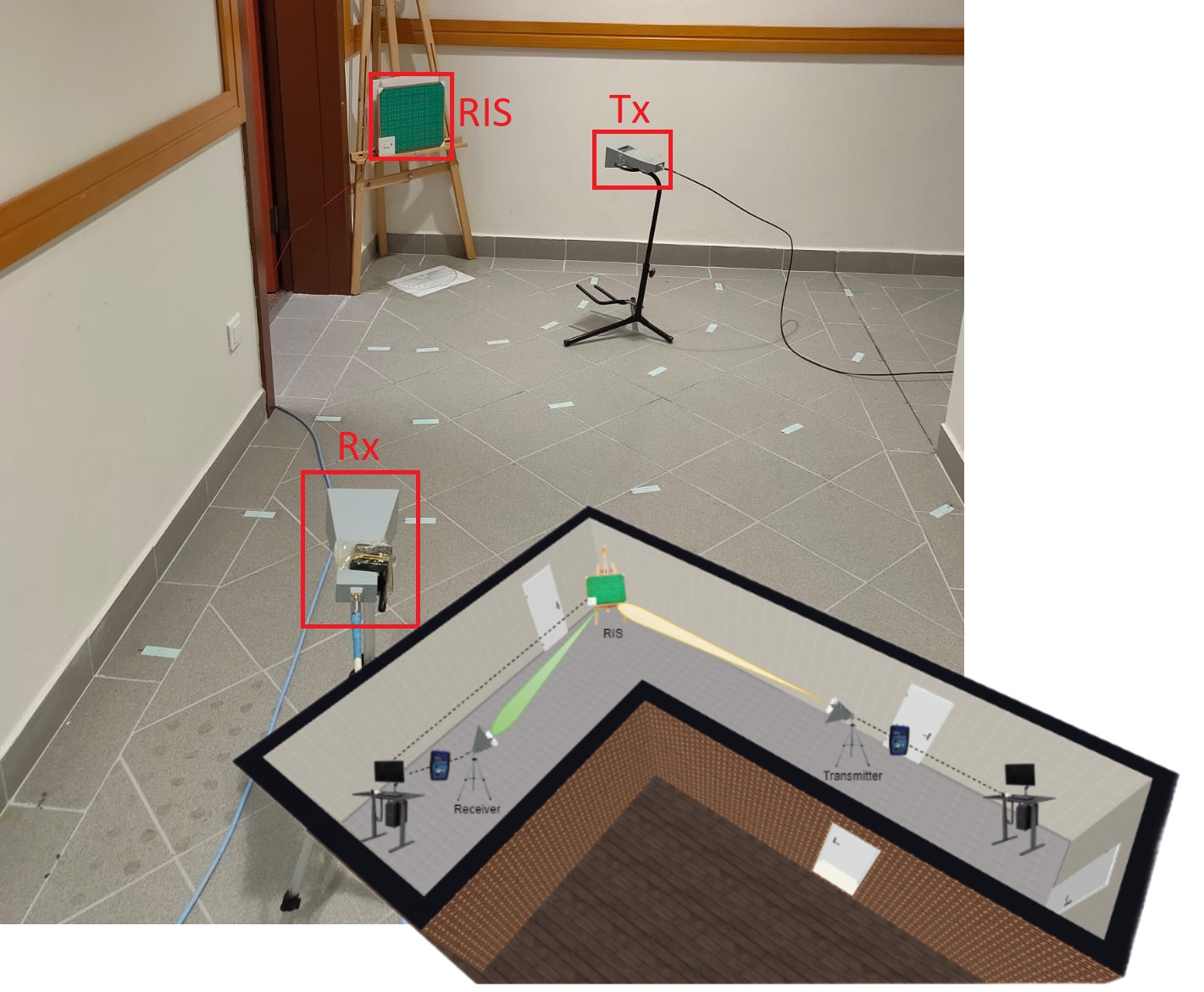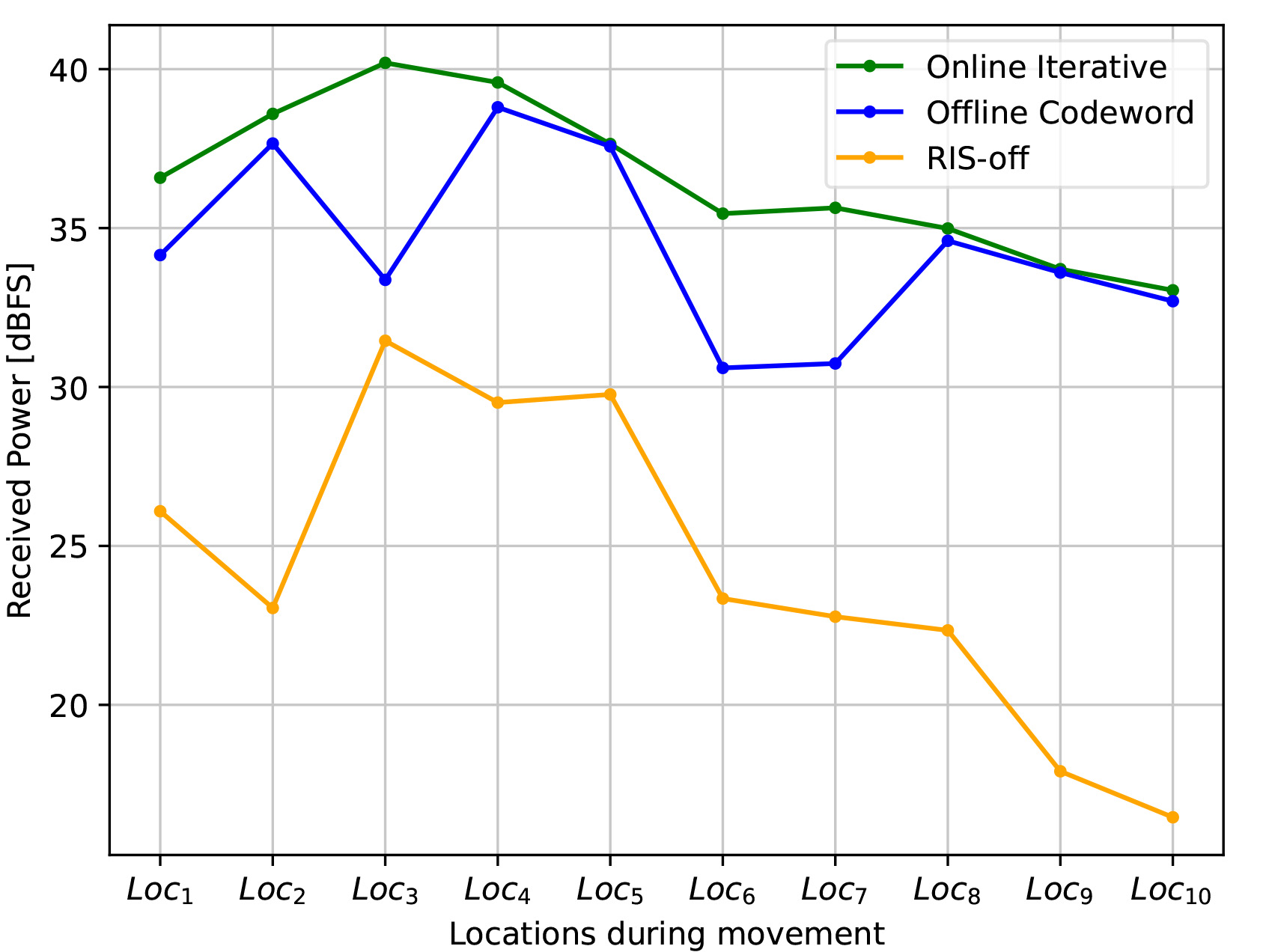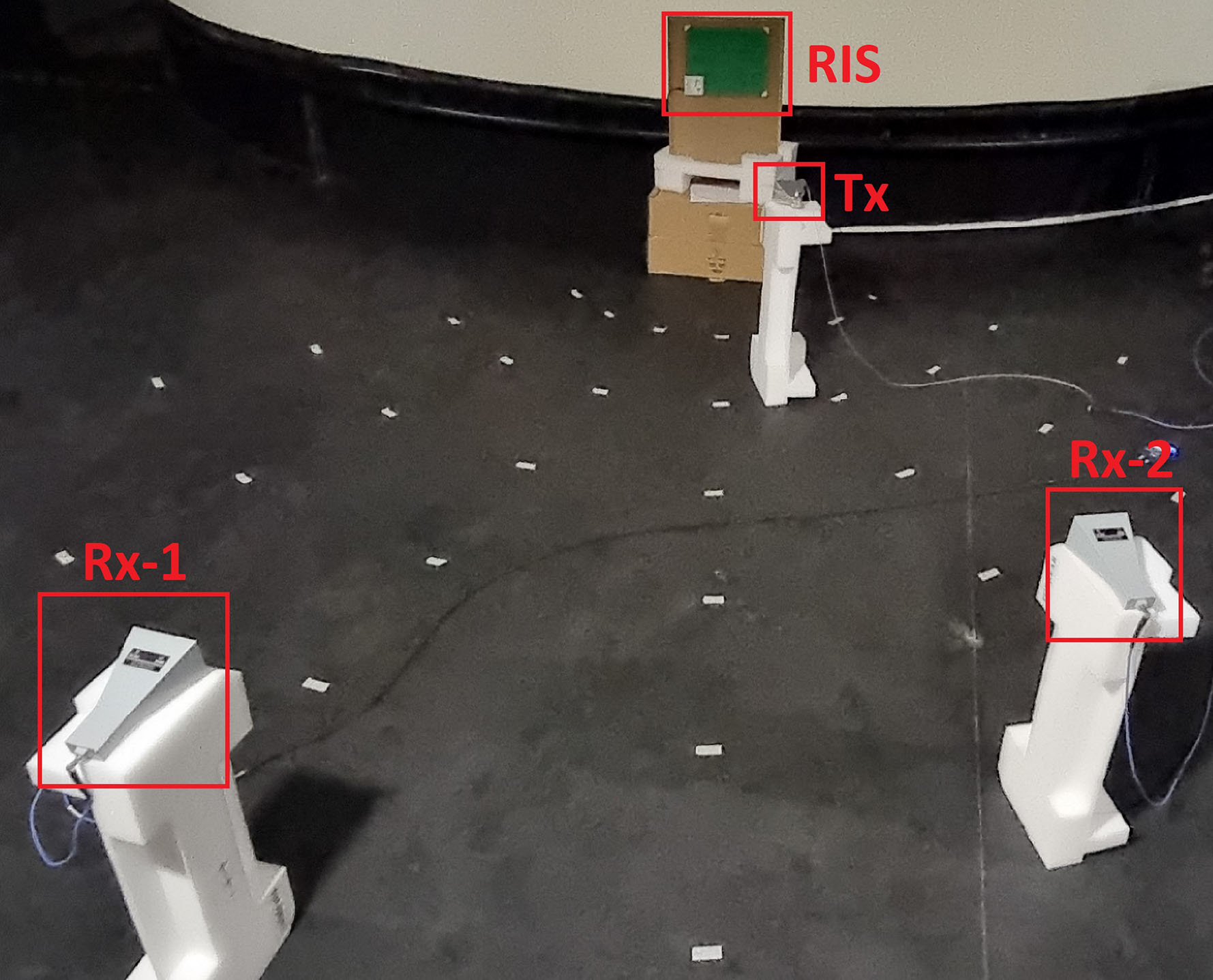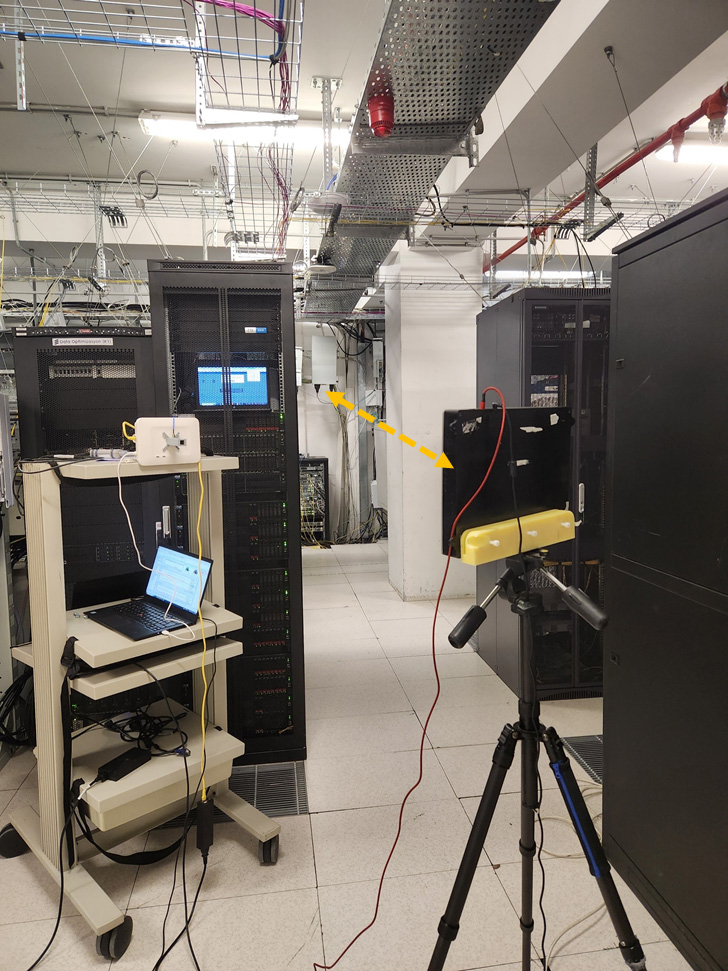R&D
Reconfigurable Intelligient Surfaces
Reconfigurable intelligent surface (RIS) is one of the promising candidate for the next generation wireless communication networks. While theoretical and simulation studies of the RIS-assisted wireless communication systems have revealed the RIS’s potential, implementation and demonstration of the RIS in practical communication scenarios are essential to validate the RIS’s benefits and applicability for the next generation communication systems. Therefore, our main focus on the RIS studies is practical implentation of the RIS into various application of beyond 5G scenarios as well as theoretical and simulation studies of the RIS. Our RIS infrastructure contains two different RIS prototypes. The first RIS prototype operating at 5 GHz frequency band consists of 76 reflecting elements whose have binary phase shift adjustment as 0 and 180 degree. The second RIS prototype operates around 28 GHz frequency band and contains 1600 reflecting elements with binary phase shift adjustment. Moreover, we are collobareting with TÜBİTAK MAM to develop an RIS prototype operating at the 5G FR1 frequency in order to enhance our RIS infrastructure.
Some of our practical demonstration studies utilizing the RIS prototypes:
Measurement-based Characterization of Physical Layer Security for RIS-assisted Wireless Systems
This study presents a measurement-based characterization of RISs for providing physical layer security, where the transmitter (Alice), the intended user (Bob), and the eavesdropper (Eve) are deployed in an indoor environment. Each user is equipped with a software-defined radio connected to a horn antenna. The phase shifts of reflecting elements are software controlled to collaboratively determine the amount of received signal power at the locations of Bob and Eve in such a way that the secrecy capacity is aimed to be maximized. An iterative method is utilized to configure a Greenerwave RIS prototype consisting of 76 passive reflecting elements. Computer simulation and measurement results demonstrate that an RIS can be an effective tool to significantly increase the secrecy capacity between Bob and Eve.
This study was awarded the "Best Paper Award" at IEEE VTC2023-Spring Conference.
Performance Demonstration of RIS Configuration Algorithms Using srsRAN
In this demonstration, the performance of the RIS-assisted wireless communication system was demonstrated in an indoor environment, where Greenerwave sub-6GHz RIS prototype and an open source 4G / 5G emulator (srsRAN) running on a Linux based computer integrated with Software Defined Radio (SDR) will be used as base station (BS) and user equipment (UE). The real-time video was transmitted from the BS to the UE over the RIS-assisted wireless link. Then, the optimization of the RIS configuration was demonstrated by employing iterative and codebook based algorithms. The results show that RIS provides over 15 dB increase in RSRP when the horn antennas are utilized resulting in higher modulation and data rate.
This demonstration has been accepted for presentation at the IEEE International Symposium on Personal, Indoor and Mobile Radio Communications (PIMRC) 2023 in Toronto, Canada.
Indoor Measurements for RIS-Aided Communication: Practical Phase Shift Optimization, Coverage Enhancement, and Physical Layer Security
In this study, we present practical measurements to demonstrate the RIS capabilities for enhancing signal coverage and providing physical layer security (PLS) in an indoor environment. First, extensive measurements are performed in a single-user deployment using iterative, grouping, and codebookbased phase shift optimization methods. The iterative method achieves approximately 10 dB performance improvement in the received signal power through careful adjustments of RIS phase configurations when the receiver is placed at different locations. The grouping method reduces the training time to find a suitable RIS configuration by sacrificing only a few dBs in the received signal power. Another set of experiments is conducted for a multi-user deployment to exhibit PLS, where the RIS is partitioned into two regions serving the intended and unintended users. The results demonstrate that the codebook method can effectively boost the secrecy capacity on the move without utilizing feedback other than the users’ positions during the phase shift optimization process, while the iterative method requires a continuous feedback channel for the received signal powers.
This study was invited to be published in the Special Issue of Selected Best Papers of IEEE International Conference on Communications (ICC) of IEEE Open Journal of the Communications Society.
Indoor Measurements of Reconfigurable Intelligent Surfaces in 5G Millimeter-Wave Networks
This study presents experimental results of RIS, one the promising technologies for sixth generation (6G) networks, in Turkcell 5G millimeterwave test environment. In this study, an RIS with 1,600 reflecting elements has been utilized to establish non-line of sight links between a mmWave base station (BS) transmitting 5G new radio (NR) waveform and a customer premises equipment (CPE). The effect of RIS on received performance metrics of the CPE is demonstrated.


